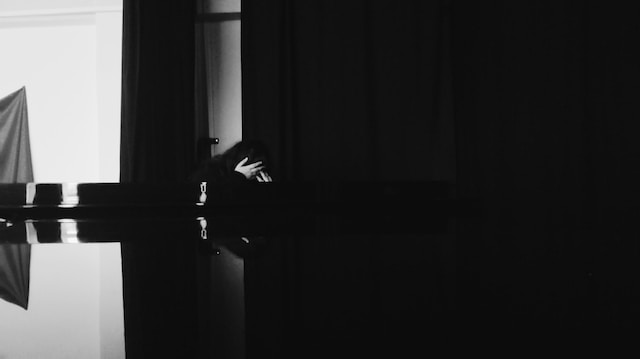There are many ways to carry a handgun, each with advantages and disadvantages. Some people choose to conceal carry using a belly band, which carries a handgun on your hip and requires little unique clothing. Others prefer a firearm to carry concealed under a jacket or even a hoodie. However, this can be easily exposed by careless pat-downs or a strong breeze.
Size
There are a wide range of holster designs. They vary in where they position the firearm on your body and how easy they are to draw from. A good IWB holster positions your gun low and tight against your body, making it easier to draw from and conceal. Some holsters position the gun higher on your body, like strong-side and appendix carry.
The larger your handgun, the heavier and the more difficult it will be to carry concealed all day. You must also practice frequently to maintain competency with a large handgun. A bigger handgun will also have a more extended slide and grip length. Depending on your carry method, this may cause it to poke you or snag your clothes. A Kydex insert or a slide spider can help combat this issue. A more extended slide makes it harder to rack the handgun when not in use.
Safety
Whether or not you carry a gun, always wear appropriate safety concealment gear around firearms. This includes ear and eye protection when shooting or observing a firearm.
Similarly, it would be best to have a good quality holster custom-molded for your specific gun to ensure proper retention. A holster that lets your trigger hang out and get bumped or snagged could result in an accidental negligent discharge.
It is also important to have clothing that allows you to access your gun when needed while keeping it concealed from casual observation. Some companies make clothing that is specifically geared towards concealed weapon carriers.
For example, a concealment jacket designed to look like your essential work jacket can allow you to draw your handgun while staying concealed. Your cover garments should be loose enough not to give away the fact that you carry a firearm.
Weight
Choosing the right firearm size for concealed carry will also impact the overall weight of your concealment setup. Larger firearms can have a greater magazine capacity. Sub-compact handguns are easier to hide under specific clothing despite lacking accuracy and shooting experience compared to larger handguns.
Try different holsters and carrying positions until you find your specific gun and lifestyle best. This will help you balance the benefits of a more significant weapon with the drawbacks of concealing it under everyday clothing.
A sweater vest layered over a long T-shirt or button-down shirt can conceal most weapons, especially when worn by men. Sweatshirts and hoodies, on the other hand, aren’t the best options for concealed carry as they add bulk around the waist that can reveal the location of the pistol. This can give the wearer away as a criminal, even though the person is probably not trying to look suspicious.
Concealment
One of the biggest challenges to concealed carry is selecting an outfit that not only covers the gun but is comfortable and conceals it well. For instance, wearing a jacket with an extended hem (such as a parka style) can easily slide back enough to expose your gun.
Another problem is that a full-size service pistol digging into your love handles or (for those that choose appendix carry) other sensitive body parts can be highly uncomfortable.
For the most comfort, you need a holster that’s a good fit for your gun and fits inside the waistband of your pants. This requires you to have tailored trousers and a specific holster custom-made for your firearm. The most traditional holdout for a small handgun is the ankle holster, which is easy to conceal, although it takes several seconds to draw from and can be easily missed by careless pat-downs. This is an excellent option for police officers and armed security guards who are always on duty, but it’s only practical for some civilians.

